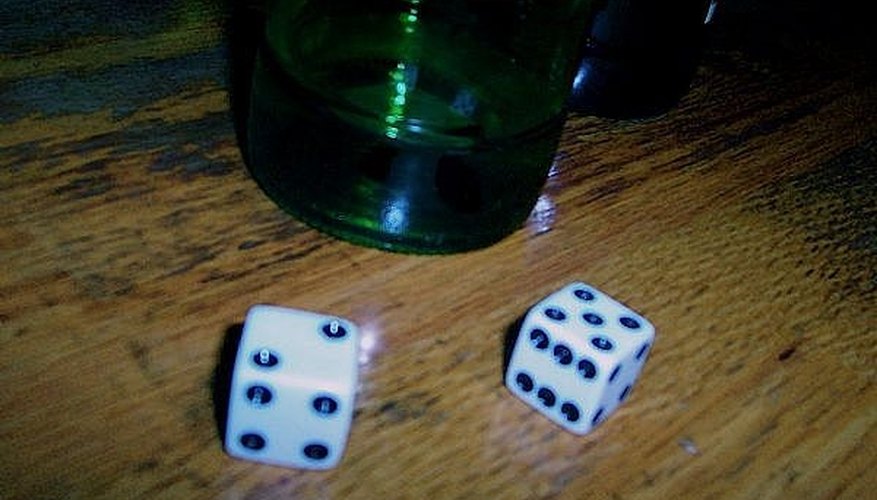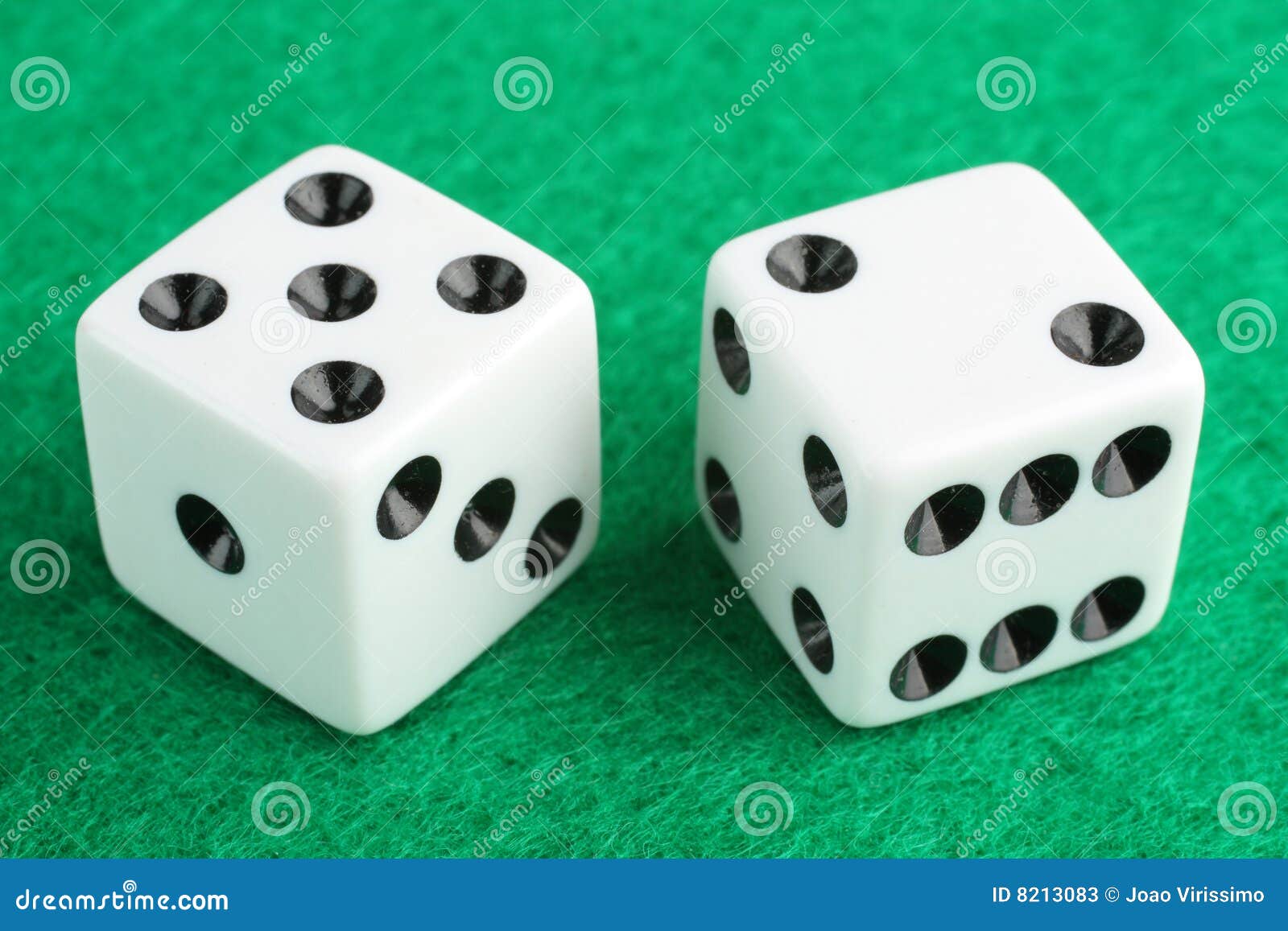7 And 11 Dice Rating: 5,9/10 2896 votes
Mostly used before rolling the dice at a Craps table. The winning numbers on the first roll are 7 & 11. 7/11 Trick Dice These Trick Dice Roll 7 or 11 on Every Roll! Our 3/4” (19 mm) Red Transparent Trick Dice look like regular dice, but they roll seven or eleven on every single throw. 7/11 Trick Dice come in pairs that feature one die that has five dots on all sides and a second die that has three sixes and three twos on the sides.
Themes- Top Party Themes
 Games
Games- Top Drinking Games
- Mixed Drink Recipes
- Other Recipes

- Party Playlists
7-11-Doubles also known as 'Pound' is a fun simple drinking game. This game is played with anywhere between three to ten players and dice are used to see who will be drinking next.
What You Need
- 2 Dice
- Empty Glass
- Beer or Liquor
- Table
Setting Up
Place the empty glass in the center of the table. Fill the glass three-quarters of the way full of beer or if you prefer substitute beer for a liquor mix drink. Then have all the players gather around the table to start the game with a beer in front of them.
How To Play 7 11
Basic Rules
First, choose a person to start the game (normally host of the party) and give them both of the dice. This person becomes The Roller. The Roller then rolls both of the dice and based on what is rolled two actions that can occur.
If the Roller rolls a 7, a 11 or doubles then they get to pick anyone else playing the game and this person becomes The Drinker. The Drinker now has to finish, as quickly as he can, the glass that is in the center of the table. From the moment The Drinker touches the glass to the moment he puts it down empty, The Roller keeps rolling the dice over and over again. If The Roller gets another 7, 11 or doubles then the glass is refilled and The Drinker needs to start chugging all over again but if The Roller does not roll another 7, 11 or doubles while The Drinker is chugging then the turn is over. Once the turn is over The Roller refills the glass and the dice are handed to the player on the left. This player is now the new Roller.
If the Roller does not roll a 7, a 11 or doubles then they have to take a drink from their own beer and hand the dice to the player on the left. This player now becomes the new Roller
* One average is takes about four rolls to get either a 7, a 11 or doubles and a fast Roller can roll once a second. That means if you are The Drinker you need to finish your drink real fast!
Extra Rules
All of these extra rules described below are optional but can be fun to implement as you get used to playing the game.
If The Roller touches the dice before The Drinker touches the glass once The Drinker is selected then they switch rolls. The Roller becomes The Drinker and The Drinker becomes The Roller. This can be fun since as the game goes on it can get easier and easier to trick The Roller to grab the dice before The Drinker touches the glass.
Other players can touch the dice with their glass in order to help The Drinker if they feel sorry for them.
Other Interesting Articles
Non-Conventional Dice Roller
Use the following virtual dice roller to mimic dice that have a different number of faces from the conventional 6-faced die. The most common physical dice have 4, 6, 8, 10, 12, and 20 faces respectively, with 6-faced die comprising the majority of dice. This virtual dice roller can have any number of faces and can generate random numbers simulating a dice roll based on the number of faces and dice.
A dice is typically a small, throwable object that has multiple faces (most commonly six) and possible positions that indicate a number (or something else), used for generating random numbers and events. They are typically used for tabletop games, which includes a wide variety of games, as well as for gambling. Examples of tabletop games that involve the use of dice include games like backgammon, Boggle, and Yahtzee, where dice are a central component of the game. Some other well-known tabletop games include Monopoly, Risk, Dungeons and Dragons, and Settlers of Catan. There are however, numerous others.
Dice shapes
The most commonly used dice shapes are shown in the image, and listed below.
- Tetrahedron: 4 faces – the blue die
- Cube: 6 faces – the orange, cubic die
- Octahedron: 8 faces – the green die
- Pentagonal trapezohedron: 10 faces – the orange, non-cubic die
- Dodecahedron: 12 faces – the yellow die
- Icosahedron: 20 faces – the purple die
Although the image shows some of the more common die shapes, there are many other polyhedral dice, or dice of other shapes. There are also non-numeric dice, dice that do not follow a counting sequence that begins at one, and spherical dice.

How random is a dice?
Based on probability, a die should have an equal probability of landing on each of its faces. However, this is not necessarily the case with mass produced dice as they cannot be truly random, since it is difficult to mass produce dice that are uniform, and there may be differences in the symmetry of the dice. Each dice, particularly d20 (20-sided polyhedral dice) and d8 (8-sided polyhedral dice) is often unbalanced, and more likely to roll certain numbers.
7 11 Dice Game Online
How to test how random your dice is:
Although it may not be the most accurate way to test how random your dice is, one relatively quick test you can do involves just a container, some water, and some salt:
7 11 Dice Drinking Game Rules
- Get a container that can fit the die you want to test
- Fill the container with water, then add salt and the die to the water – if the die doesn't float, add more salt until the die floats
- Flick the die and take note of which side faces upwards – repeatedly flick the dice and record the results

For a well-balanced die, you can expect a variety of numbers. If it is not well balanced, you will be more likely to notice certain numbers occurring more often. However, unless this test is performed numerous times, or the dice is heavily unbalanced, the user is not likely to notice a significant difference.
7 And 11 Dice
There are a number of companies that manufacture dice, and some more rigorous tests (than the one described above) have been performed on dice manufactured by different companies in an effort to determine how truly random the dice (mostly d20 dice) are. These studies confirmed that even dice manufactured within the same company under the same conditions can vary significantly from each other, and are not truly random. Some companies produced dice that were more random than others, but even then, were not found to be truly random.
7 And 11 In Craps
Virtual dice, like the one above, are almost always based on pseudo-random number generating algorithms, which are also not truly random. However, a virtual dice roll is likely more close to true randomness than most physical dice.